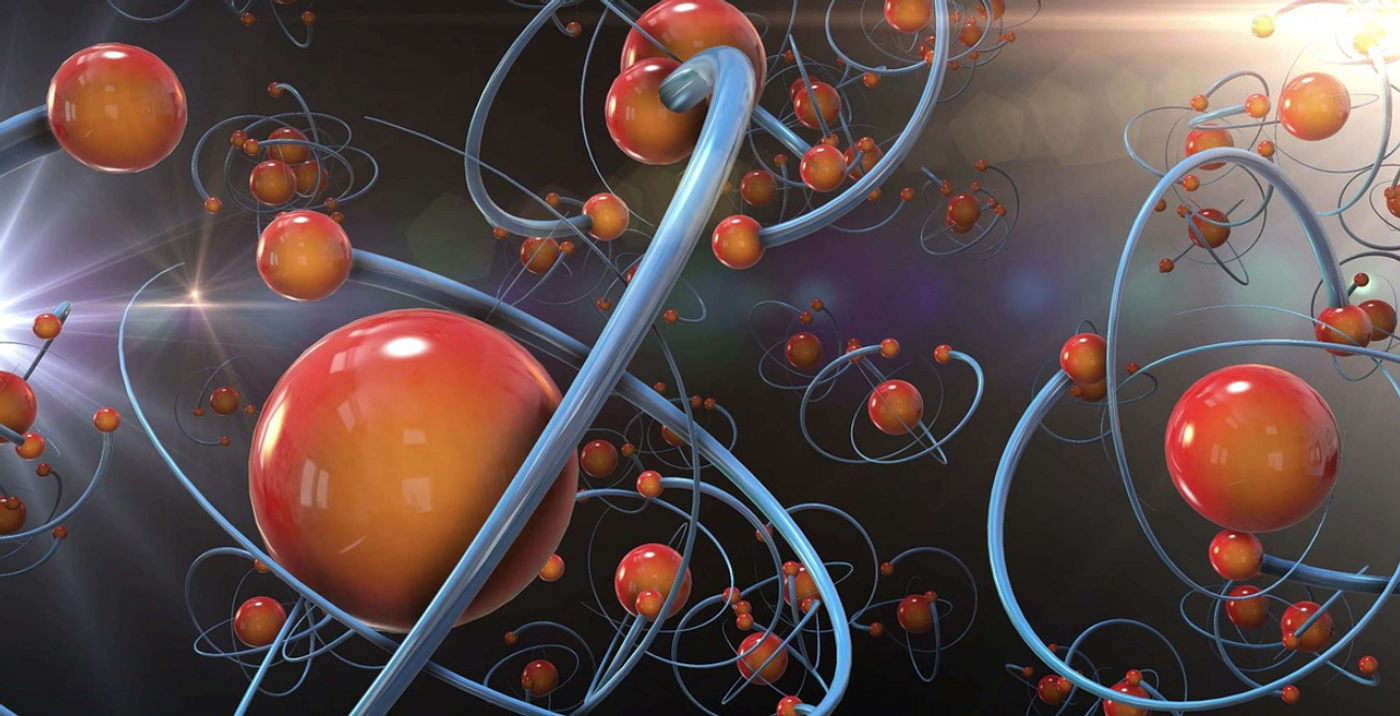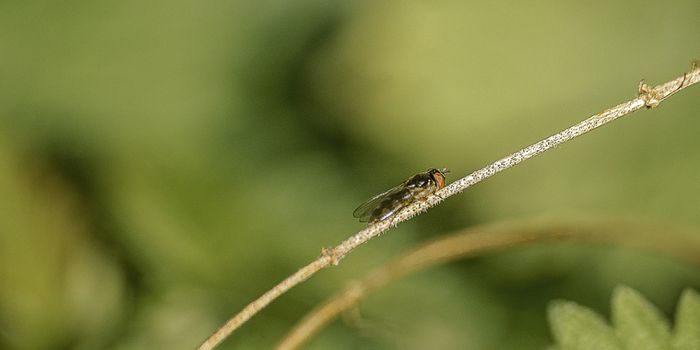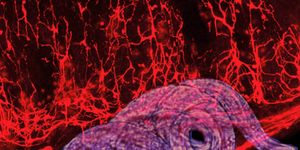A Chemical Modification of tRNA Is Deciphered
Transfer RNAs (tRNAs) perform a critical function in the creation of new proteins. Messenger RNA (mRNA) molecules are transcribed from active genes and are 'read' by cellular machinery, which adds new amino acids to a growing peptide chain using tRNAs that ferry each amino acid into place. Those peptide chains form proteins. If a chemical tag called a methyl sulfur group is added to some tRNAs, a process called methylthiolation, it can enhance their protein-translating ability. But if methylthiolation is supposed to take place and doesn't occur correctly, proteins can end up with errors. Erroneous proteins may not function correctly, and disruptions in mehtylthiolation could influence a host of diseases.
Scientists have now learned more about how methylthiolation takes place in bacterial RNA, and have identified a protein that is part of the process. The findings have been reported in Nature.
"Methylthiolation is ubiquitous across bacteria, plants, and animals," said study leader Squire Booker, PhD, a Howard Hughes Medical Institute Investigator and Penn State biochemist. "In this study, we determined the structure of a protein called MiaB to better understand its role in facilitating this important modification process in bacteria."
Bacteroides bacteria carry a protein, MiaB, which is part of a family of enzymes called radical SAMs (S-adenosylmethionines), which often use an iron-sulfur cluster that is part of their own structure to convert SAM into a reactive molecule known as a free radical. Free radicals can propel reactions forward. MiaB is different from other radical SAMs because it carries two iron-sulfur clusters; one is radical, while the other is auxiliary and is where most of the action happens.
The researchers caught MiaB in the act with SAM molecules and tRNA as methylthiolation was taking place, capturing several stages that enabled the researchers to decipher the overall process. It begins when a SAM molecule provides a methyl group to the auxiliary cluster of iron and sulfur that sits on MiaB. SAM is turned into a free radical by the addition of an electron, and a hydrogen atom gets taken from the tRNA. There, a methylthio group takes its place on the tRNA.
"Initially, the hydrogen on the tRNA is not positioned in a way that allows both access to the radical that removes it and access to the methylthio group that needs to be transferred, because the hydrogen and the atoms attached nearby are all aligned in the same plane," Booker explained. "Our structures show that the methylthio group on MiaB's auxiliary cluster induces a change in geometry at that spot in the tRNA undergoing methylthiolation, which changes into more of a tetrahedral shape, with the hydrogen in an optimal position to be plucked off by the radical and the methylthio group in an optimal position for subsequent transfer."
There are a series of biochemical steps but ultimately, a tRNA is modified by the addition of a methylthio group. Now the scientists want to know how the auxiliary cluster is restored after each cycle so the process can happen again. They are also looking for similar proteins in humans that may play an analogous role.
Sources: Pennsylvania State University, Nature









